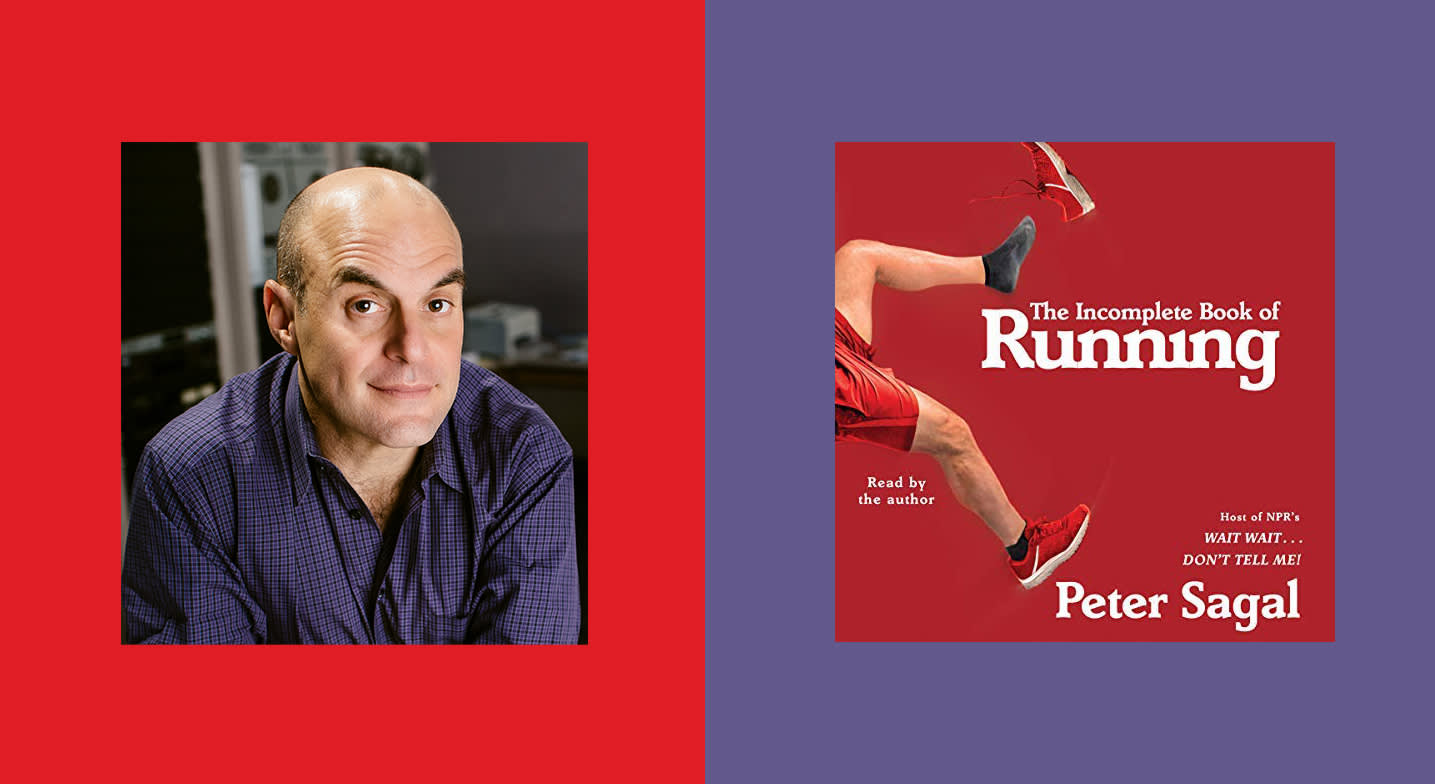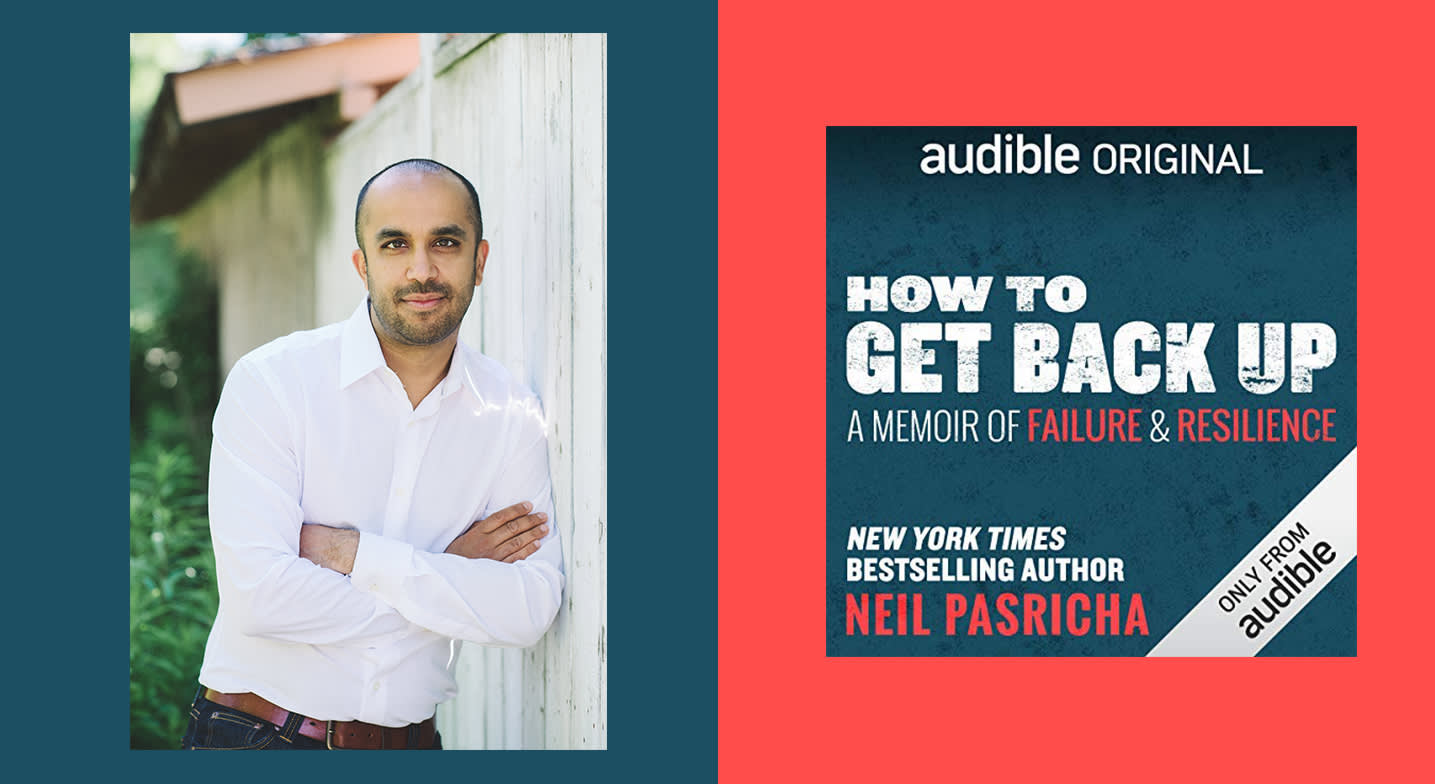For dyslexic students, reading even the most basic of sentences can be fatiguing. Take Clara Thorsen, 8, a gifted third-grader from Nashville who was diagnosed with severe dyslexia last year. Even on a good day, after months of extensive reading interventions provided by her school, sentences sometimes become incomprehensible after just a few minutes of reading.
“Ever since she could sit up in bed, she wanted books,” recalls Anna Thorsen, her mother, who is also dyslexic. “Very soon, we were sad to realize that, no matter how much she loved and wanted them near her, she could not read them.”
Audiobooks have long been a big business, over the years becoming especially popular among commuters. But they’re also increasingly used by students with reading disabilities such as dyslexia, as part of a method that allows users to read a text and listen to it simultaneously. Experts say technologies like Audible’s Whispersync for Voice integration with Amazon’s Kindle ebooks, have become important tools in improving fluency for these struggling readers, enabling them to read content that might otherwise be inaccessible.
While there is little research examining the effectiveness of such technology specifically for dyslexics, a few studies have shown the method to be effective among other student populations. Researchers at Victoria University in New Zealand, for example, found that English-language learners who read and listened to texts over the course of a week scored higher on comprehension exams than their peers who only read the same passages.

Brain science further validates the use of simultaneous reading and listening. Several neurological studies have shown that when students are engaged in active listening, the prefrontal cortex of the brain performs the same functions as when they’re reading printed text. As explained in a paper published by the National Center on Universal Design for Learning, the same skills — “prediction, monitoring, connecting to background knowledge and summarizing” — that help children learn how to process oral language, are also used as they attempt to process written language; this is significant because it dispels the old myth that listening to a book is not “real” reading. Even for people without a reading disability, listening to a text is “a vital alternative to the limits of print.”
“The more senses you can engage, the better retention you’re going to have.”
Education experts agree that more research is needed that focuses specifically on reading and listening simultaneously as an accommodation for dyslexics. But in the meantime, ample anecdotal evidence seems to suggest the method really does work. Dyslexia is technically a “print” disability, not an intellectual one. It marks an inability to decode words or make necessary connections between letters and their sounds. This means a fifth-grade student might be fully able to comprehend books at her grade level, but only able to physically read books written at the third-grade level.

Such is the case for many students at Eagle Hill Southport, an independent school for kids with learning and developmental disabilities in Fairfield, Conn.
“For kids who cannot decode, when we can provide books in an auditory format, you’re enabling that child who can comprehend at a higher level to read,” said Sharon Plante, a special education teacher at the school. Eagle Hill’s students use iPads and a standard text-to-speech setting that allows them to highlight portions of text or an entire page to be read aloud, making the experience multi-sensory.
“If a child is listening and looking at the same time, that’s supporting the development of sound-symbol relationships,” said Jamie Martin, a former teacher and assistive technology consultant based in Connecticut. “The more senses you can engage, the better retention you’re going to have.”

Soon after Clara’s diagnosis, her mother often read homework passages to her out loud so she could stay caught up in class. But that solution, she says, was a temporary one.
“I get notes that say we’re reading chapter seven on frogs and I’ll read that out loud, which is fine when she’s eight. But it gets less fine as she ages up,” said Thorsen. So Thorsen and her husband went looking for a way to help Clara read books for school and pleasure more independently.
At first, they tried two services engineered specifically for people with print disabilities. Bookshare uses a computerized voice to read from a selection of thousands of books, including academic textbooks, and is free for any student with a diagnosed print disability. Thorsen created an account after her daughter’s diagnosis; one of the first novels they tried with Bookshare was the popular kids’ series Diary of a Wimpy Kid. Clara hated it. The robotic voice sometimes mispronounced words, and the illustrations the series is known for were missing.
The other service, Learning Ally, was founded in 1948 at the New York Public Library as Reading for the Blind. Using vinyl records with narration provided by the NYPL’s Women’s Auxiliary, it was initially geared at World War II veterans returning from combat with visual impairments. Today, paid subscriptions offer access to human-narrated books. A newer feature called “Voice Text” plays audio and simultaneously highlights text on laptops, tablets, cell phones, and other devices. Several states and school districts — including California’s community college system — subsidize the cost of these subscriptions for students with print disabilities.

But for Clara, the best option has been Audible’s “Whispersync for Voice” function, available in the Kindle app for iOS and Android, as well as on the Amazon Fire tablet.
Unlike text-to-speech programs, Whispersync for Voice offers the option to play a professionally narrated audiobook (performed by actors, sometimes even celebrities) while simultaneously showing highlighted text on the screen. These more engaging, entertaining voices — like that of Jesse Bernstein, who narrates the popular Miss Peregrine’s Home for Peculiar Children, Book One — tend to be appealing to kids who might otherwise lose interest. The Amazon store lists more than 60,000 books in a variety of genres as having Whispersync for Voice capabilities. To access the service, users purchase the Kindle e-book, then opt to add Audible narration at a discount.
For Thorsen, watching Clara battle with her dyslexia is an especially intimate experience. She is, like her daughter, dyslexic, but was diagnosed as an adult. As a result, she missed out on services that could potentially have made her school experience better. Her goal as a parent, she says, is for Clara to strengthen the areas she’s able to with the help of her teachers. Then she wants her to learn how to own her struggle in the same way she has.
“I am a Vanderbilt law graduate and I cannot spell ‘maintenance.’ ‘Thoroughbred,’ can’t spell it. ‘Broccoli,’ never,” said Thorsen. “I want her to get to that point where [she says] ‘I’m going to use these tools.’ I think it’s all about the confidence in knowing what you need.”
For more information about adding Audible narration to Kindle e-books, visit Amazon’s Whispersync for Voice learning page.
Feel free to download and use the full infographic:





